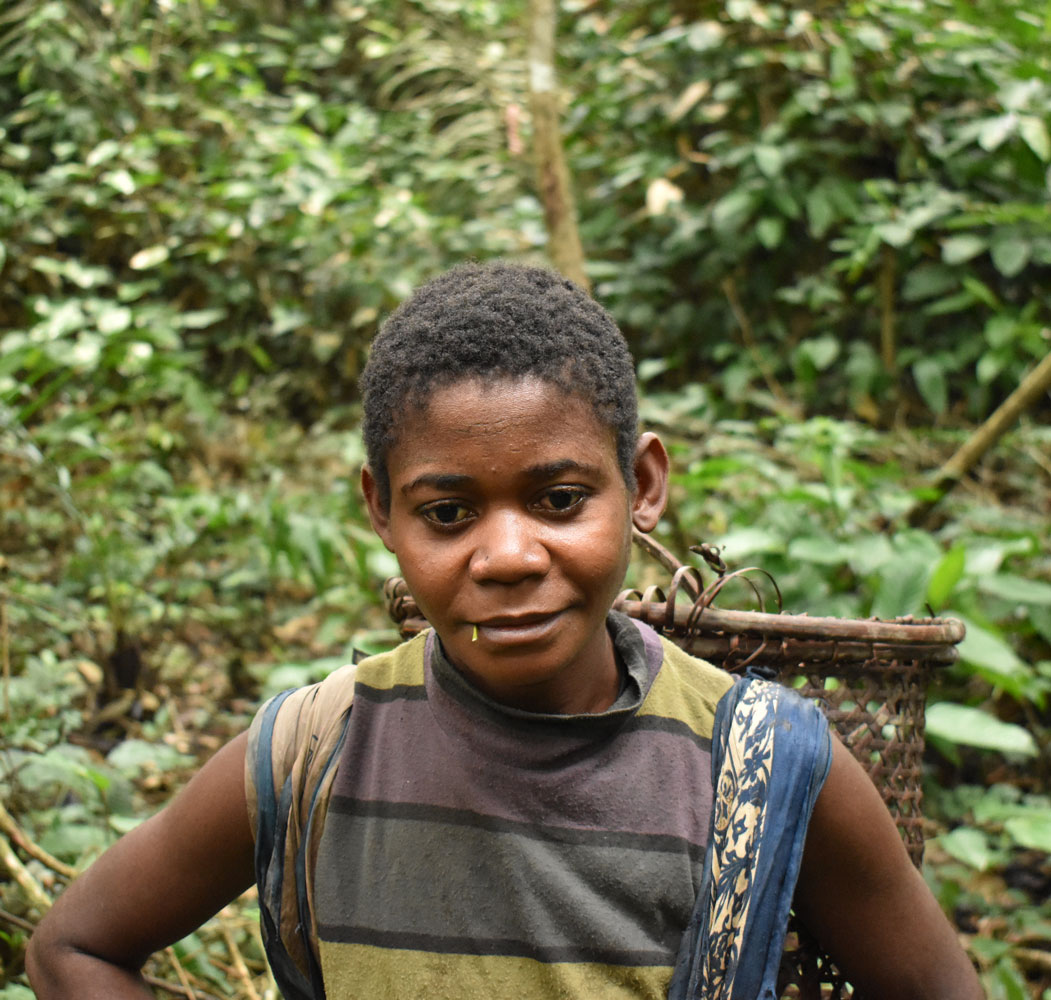General Overview
World Heritage Sites.

World Heritage Sites serve to protect and preserve cultural and natural heritage considered to be of outstanding value to humanity. The status is universal in its application, in that it belongs to all peoples of the world, irrespective of the territory in which it is located.
Many World Heritage Sites are specifically identified and selected for their outstanding biodiversity values, protecting many of the most important ecosystems and areas of high biodiversity on the planet.
There are sites of significant on-going ecological and biological processes in the evolution and development of terrestrial, fresh water, coastal and marine ecosystems and communities of plants and animals. Others contain the most vital natural habitats for the conservation of biological diversity, including those containing threatened species of outstanding universal value.
UNESCO World Heritage Sites provide significant opportunities for reinforcing biodiversity conservation and the sustainable use of biodiversity, due to strong links between cultural and biological diversity. Since 2010, bio-cultural heritage has been promoted by UNESCO and the Secretariat of the Convention on Biological Diversity (SCBD) through their Joint Programme on Biological and Cultural Diversity.
Interactive Map of the Parks.
World Heritage Sites serve to protect and preserve cultural and natural heritage considered to be of outstanding value to humanity. The status is universal in its application in that it belongs to all peoples of the world, irrespective of the territory in which it is located.